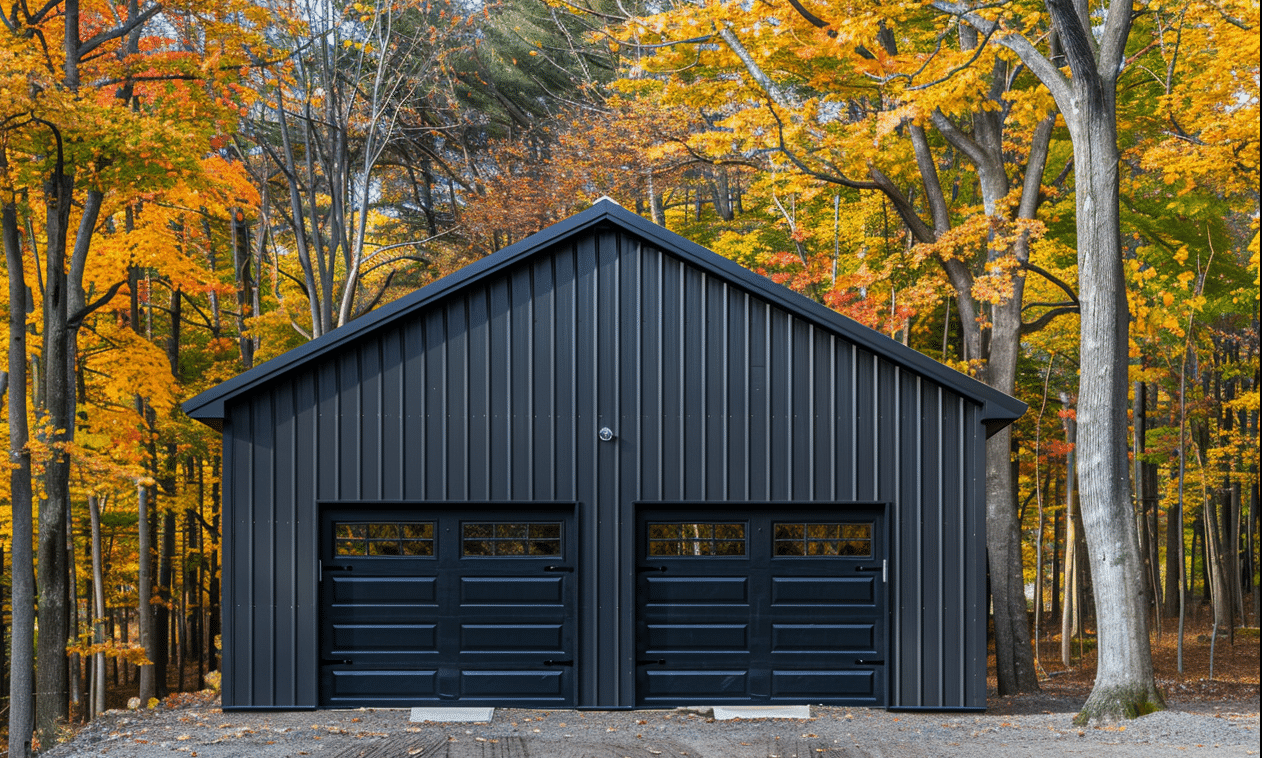The dawn of 3D printing in construction is akin to opening a new chapter in a much-loved book. This technology brings innovation and promises to revolutionize construction, shaping a future where affordability meets creativity in the structural landscape. Imagine a world where the tedious, time-intensive methods of traditional construction are swept away by the breezy efficiency of 3D printers. Thanks to these innovative technologies, this world is no longer a figment of imagination but an emerging reality.
The Evolution of 3D Printing in Construction
The concept of 3D printing in construction builds on technology, reshaping how we think about building structures. This technology, often referred to as additive manufacturing, simply means adding material layer by layer until the desired object is formed, much like the way a baker forms a cake. Now, think of that cake as an entire house or office building!
The application of 3D printing in construction offers several advantages. This innovative method improves accuracy, reduces labor cost, and minimizes construction waste. By cutting down the time and resources needed to build, 3D printing can significantly impact project costs and timelines, minimizing delays and budget overruns.
How Does 3D Printing Work in the Construction Sector?
Picture a gigantic printer, poised at the construction site, laying down layers of a specialized concrete mix. This printer operates in much the same way as a standard desktop printer, but instead of ink, it uses concrete to form the walls of a building. But how does this resonate with the existing construction industry?
First, architects and engineers design digital 3D models of buildings. These designs are then fed into the 3D printer, which translates them into physical structures, layer by layer. This technique allows for highly intricate and customized designs, enabling the creation of complex geometries that would be difficult or impossible to achieve with traditional construction methods.
The beauty of 3D printing is its adaptability. Already we’ve seen application in creating homes, pedestrian bridges, and even components for New Technologies in Steel Buildings. It’s a reminder that when innovation combines with practical application, there’s no limit to what we can construct.
The Benefits of 3D Printing in Construction
Why should the construction industry be excited about 3D printing? Let’s delve into the compelling benefits:
1. **Cost-Effectiveness**: By using materials more efficiently and reducing labor requirements, 3D printing can slash construction costs.
2. **Speed**: The rapid construction times associated with 3D printing allow for projects to be completed much quicker than traditional methods.
3. **Flexibility in Design**: 3D printing provides construction professionals with the flexibility to design intricate shapes and structures that were once challenging and costly to produce.
4. **Sustainability**: The reduction of material waste and the potential for using recycled materials make 3D printing an environmentally friendly option.
These advantages address many of the challenges the construction industry currently faces. Moreover, combining 3D printing with Emerging technologies like artificial intelligence and automation could drive even further efficiencies and innovations.

Challenges and Considerations
No revolutionary technology comes without its hurdles, and 3D printing in construction is no exception. One considerable challenge lies in the regulatory sphere. Existing building codes and standards were crafted for traditional methods and can be cumbersome to navigate for novel techniques like 3D printing. Legislative bodies are working to update these standards, but there is still a long journey ahead.
Additionally, there is a need for skilled professionals who understand the nuances of this technology. The industry must invest in training and development to ensure workers can thrive in this new landscape.
Moreover, the initial cost of 3D printers can be high, a barrier that may discourage smaller firms from investing without a certain return on investment. As the technology matures, these costs are expected to decrease, making it more accessible over time.
The Future of 3D Printing in Construction
The future of 3D printing in construction is bright. With continued research, the technology is expected to evolve, becoming more practical and widespread in its use. Imagine prefabricated homes being printed in mere days, or landmark skyscrapers that boast unique architectural features unimaginable with current methodologies.
The fascinating prospect lies in the combination of 3D printing with other technology construction productivity enhancements such as drones for site inspection, robotics for finishing touches, and AI for optimization. These synergies could redefine the boundaries of construction innovation.
For businesses considering ventures into 3D printing, options like 24×24 steel building kit are now within potential reach, offering compact, efficient solutions that can be tailored to specific needs.
Canadian Perspective and Regulatory Environment
In Canada, 3D printing technology has garnered interest and support from governmental bodies such as the Innovation, Science and Economic Development Canada – 3D Printing in Construction. As interest grows, we expect continued collaboration between the public and private sectors to further advance the technology, refine its applications, and establish robust frameworks for its integration into the construction industry.
Conclusion
The potential for 3D printing in construction is boundless, much like an architect’s vision brought to life with a stroke of a pen. This technology can transform the industry, driving improvements in efficiency, cost, and customizability. While challenges remain, they are surmountable with collaborative efforts from governments, educational institutions, and industry leaders.
In a narrative of construction evolution, where we are now is just the beginning. As we embrace these New Technologies in Steel Buildings, the story of construction is swiftly evolving from a tale of tradition into one of innovation and extraordinary potential. The possibilities are as limitless as the imagination—a new era of building begins.










